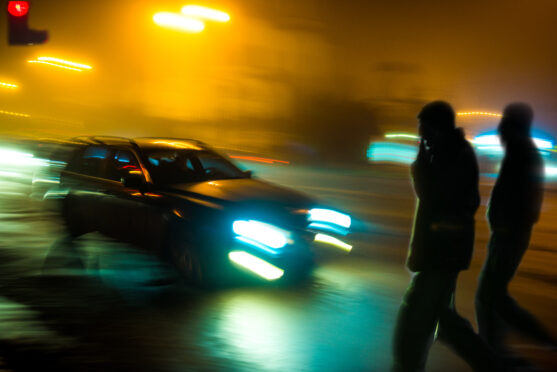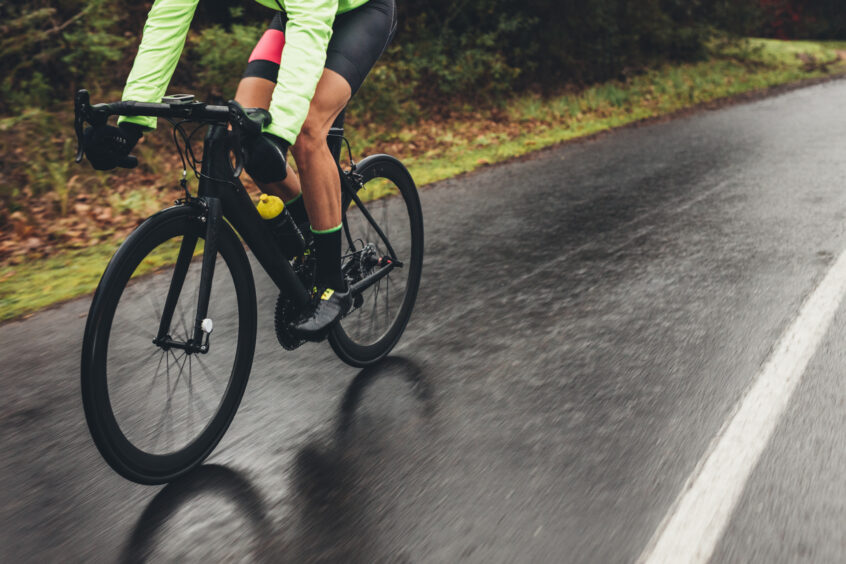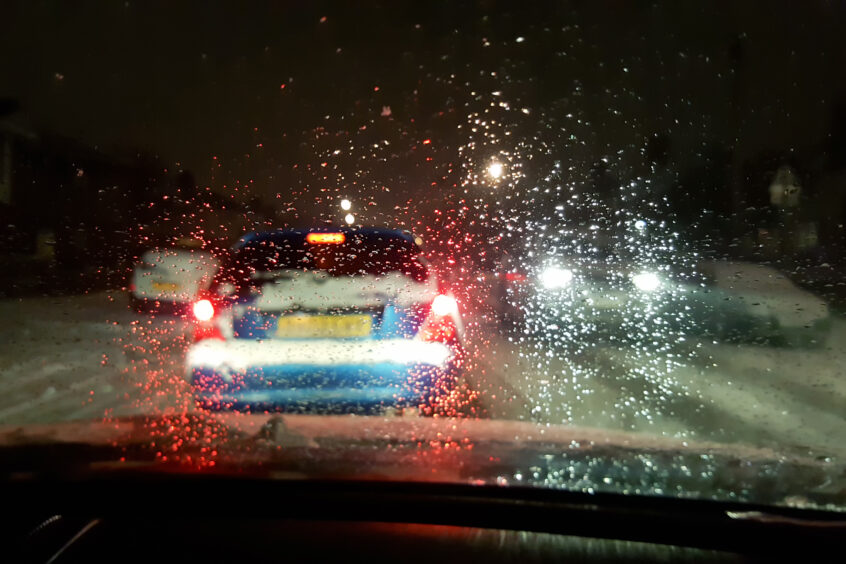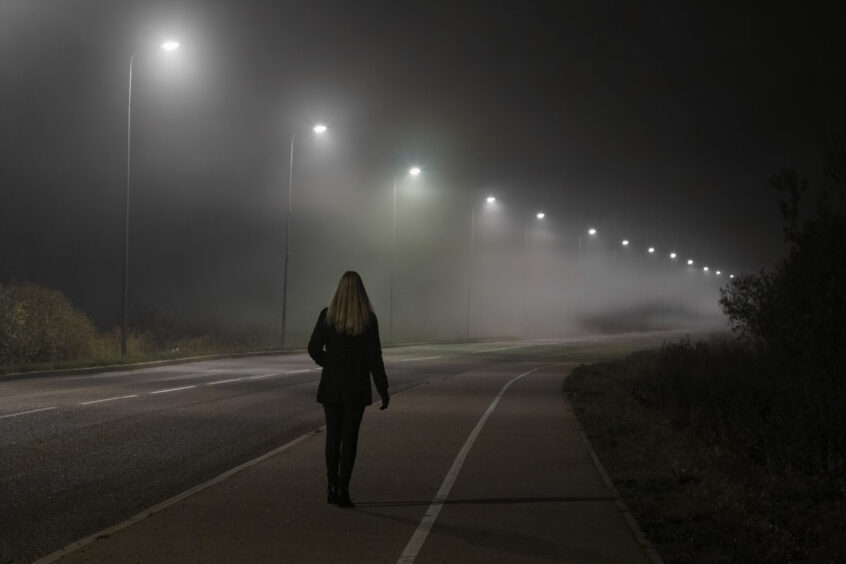Are you venturing into the town centre for the first time in a long time this month? Late-night shopping or party nights will see north east residents flock to towns and cities.
-
Some Press and Journal online content is funded by outside parties. The revenue from this helps to sustain our independent news gathering. You will always know if you are reading paid-for material as it will be clearly labelled as “Partnership” on the site and on social media channels.
This can take two different forms.
“Presented by”
This means the content has been paid for and produced by the named advertiser.
“In partnership with”
This means the content has been paid for and approved by the named advertiser but written and edited by our own commercial content team.
If you are one of the shoppers or revellers, make sure you do it safely and ‘be bright at night’ to reduce your risks. That’s the important safety message from Getabout and Road Safety North East Scotland.
The two partnership organisations, promoting sustainable travel and road safety want everyone to have a safe festive season, whether they are travelling by road or bicycle or on foot.
Local road safety stats
It is important to note that we become more vulnerable as the dark nights draw in, and road traffic accidents involving pedestrians are significantly higher at this time of year.

The Road Safety North East partnership found:
- From 2017-2021 in Aberdeen, Aberdeenshire and Moray, pedestrian casualties increased at this time of year.
- There were particular peaks in November and January.
- During the week, the peak period for pedestrians being involved in road traffic collisions is between 3pm and 5pm.
- On weekends, the peak time for pedestrian casualties is later in the evening around 8pm.
How can I keep myself safe?
The main message from Road Safety North East’s winter campaign is: Be Bright at Night. If you dress in bright clothing, you are more likely to be seen when crossing the road – and this goes for cyclists and runners too. Drivers are also asked to ‘be bright’ about switching on their lights and adapting their driving to the appropriate conditions of roads. There are plenty of winter road safety tips here.
Rab Dickson, director of Nestrans and chair of the Road Safety North East Scotland partnership explained that the Be Bright at Night campaign, along with other safety campaigns throughout the year, is one of a range of initiatives to reduce the number of casualties on north east roads.
He added: “There are actions we can all take – whether as a pedestrian, cyclist or a driver – to adapt to the dark wintery conditions and minimise risks.
As road users we all have a role in being visible, being alert and making sure we look out for one another.”
Read on to discover some more road safety tips for all road users…
13 road safety tips…
For pedestrians and cyclists:
- Wear a brightly-coloured jacket or clothes with reflective strip to help you to be seen at night If running at night, wear LED lights to boost your safety and ensure you have working bike lights and have reflectors on your bike.
- Don’t rush across the road or take chances. Cross all roads safely and, where possible, try to use crossings and avoid crossing near parked cars and busy junctions.
- It’s easy in the rain, sleet or snow to want to keep your head down but keep your head up and make sure you can properly see and hear traffic, when walking or cycling. Shield your eyes from rain, sleet or snow by wearing cycling glasses when on your bike.
- Don’t use your mobile phone when crossing the road, and remove earbuds/earphones so you can hear any oncoming danger.
- In winter conditions be aware of the possibility of black ice. Consider wider tyres for your bike as they can give extra contact and grip.
For drivers:
- Slow down in busy areas.
- Be seen – turn on your headlights at twilight and in poor weather conditions.
- Keep windows clean, inside and out – dirty windows increase glare and are more prone to steaming up.
- Dark days and winter weather can have an impact on roads and visibility so drive appropriately for the conditions, allowing extra time and space for stopping and slowing down.
- Check your tyres are the correct pressure and have a good amount of tread (about 3mm in winter).
- Keep your screen wash topped up so you can always clear your windscreen of dirt and salt.
- Consider having an emergency kit in your car, in case you should get stuck in poor weather.
How will you get home from a nightout?
Always plan ahead and always have a back-up plan too. If you intend to get the last bus or train home, and then miss it or it does not turn up, make sure you have planned an alternative way of getting home. Do you know where the nearest taxi rank is? Could a friend or family member drive in to collect you?
Remember these 4 tips for getting home:
- Plan ahead so you know how to get there and back
- Tell someone and let them know your plan
- Have an alternative travel plan in case plan A fails
- Avoid walking home alone after a night out, especially if you are under the influence or need to travel down unlit or rural roads.
For more winter road safety tips for pedestrians, cyclists and motorists, head to the Getabout page.



